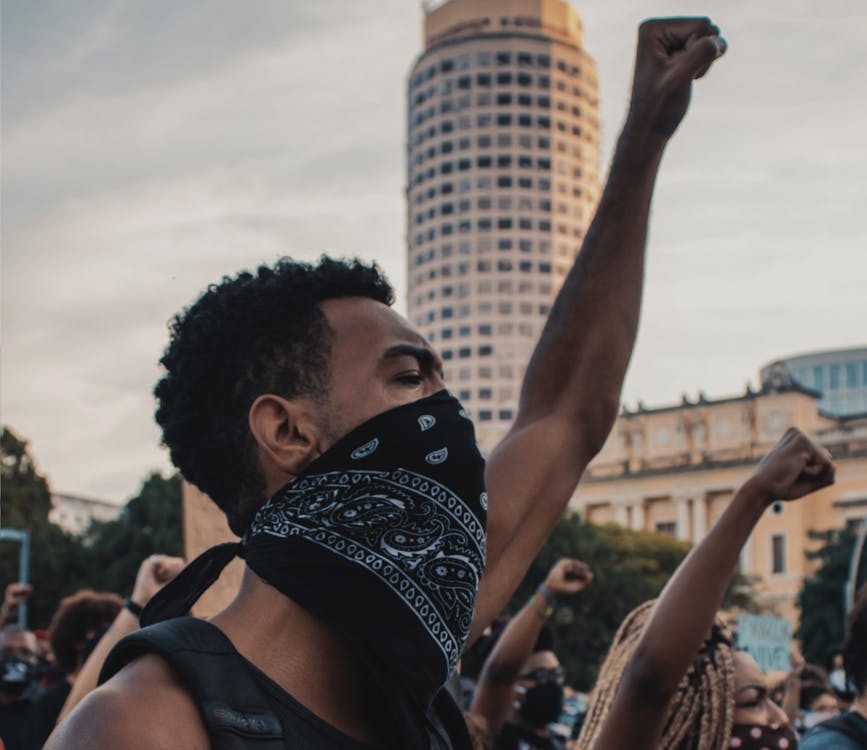Strikes: Outdated Disruption or Necessary Last Resort? – Dr. Ehindero
The current moment in Nigeria is instructive. Economic reform, subsidy removal and currency adjustments have raised the political salience of wages and welfare; unions are responding to the erosion of purchasing power just as much as to broken promises. If leadership wants fewer strikes, it must treat labour peace not as a policing problem but as a governance challenge requiring transparent budgets, credible timelines and institutional investment.

Photo by michelle guimarães
Strikes are loud by design. They are intended to interrupt normal life and force the public and decision-makers to confront grievances that would otherwise be ignored. In Nigeria the recourse to industrial action has long been a predictable feature of labour relations. The 2024 general strike called by the Nigeria Labour Congress (NLC) and Trade Union Congress (TUC), which shut down airports, banks and schools and forced an eventual federal minimum-wage settlement, demonstrated the enduring potency of coordinated labour action. Reporting at the time showed how unions, by mobilising mass participation, could extract concessions the ordinary channels of negotiation had failed to secure. (See coverage of the 2024 strike and its outcome.)
More recently, the health sector and resident doctors have returned industrial action to the front pages. Nurses staged a warning strike in mid-2025 and suspended it only after government assurances on timelines for implementation, and resident doctors launched a five-day action over training funds and arrears, underscoring the fragility of negotiated settlements in public services. These events are reported by Reuters and The Workplace Magazine—concrete reminders that, where institutional remedies fail, striking remains a powerful lever.
To call strikes outdated is to misread the political economy. Where collective bargaining is weak, where arbitration mechanisms are slow or lack teeth, and where trust between workers and employers is frayed, the strike remains sometimes the only mechanism that produces urgency. That does not mean strikes are desirable; they are costly to families, employers and the national economy. But decrying them as relics without addressing the conditions that make them necessary is empty rhetoric.
The landscape of dispute resolution contains alternatives that, when functional, reduce the need for industrial action. Mediation, conciliation, legally enforceable collective bargaining agreements and joint industrial councils are examples. In practice the problem in Nigeria is not the absence of mechanisms but their weakness. Panels and courts intended to arbitrate disputes exist—the Industrial Arbitration Panel and the National Industrial Court, for example—but their effectiveness is uneven. Legal commentaries and arbitration reviews point to delays, enforcement gaps and, at times, political interference that blunt their impact. Strengthening these institutions, providing clear timelines for resolution and ensuring rulings are enforceable would make strikes less frequent.
Equally important is the content and credibility of agreements. During the 2024 negotiations over the national minimum wage, quick fixes and headline figures masked deeper fiscal and policy tensions. Several states moved autonomously to raise wages locally, reflecting the federal floor’s inadequacy and complicating implementation. A national framework that links wage review to transparent fiscal metrics and contains agreed dispute-settlement procedures could reduce the cycles of confrontation. In short, alternative instruments can work—but only if they are backed by institutional capacity, legal clarity and political will.
There is a recurring claim that the presidency can simply “stop” strikes. Legally and practically, that is not true. International labour conventions and domestic law protect the right to strike as part of collective bargaining. Attempts to criminalise strike action would risk international censure and domestic unrest. What political leadership can, and should, do is reduce the frequency and intensity of industrial action by fixing the underlying faults: honouring agreements, ensuring predictable wage reviews, and investing in dispute-resolution capacity.
The president’s role is therefore less about prohibition and more about stewardship. Where leaders have acted proactively—pressing for transparent negotiations, releasing agreed funds on schedule, or committing to triennial reviews—industrial tension has eased. Conversely, where promises have been delayed or partial, unions have returned to the picket lines. The recent pattern of health-sector work stoppages illustrates this: nurses suspended action only after detailed timelines were produced; resident doctors struck when key training funds were not released. Public leadership that converts commitments into verified action changes incentives for both unions and government.
If the political objective is to make strikes unnecessary, the prescription is straightforward though politically demanding. First, institutional reform: empower arbitration panels and courts with faster process rules and enforceable remedies. Second, predictable economics: link wage reviews to transparent indices and guarantee budgetary provisions where federal promises are made. Third, deepen collective bargaining: encourage sectoral agreements that set timelines and dispute-settlement clauses, and support joint industrial councils where labour, employers and government meet routinely rather than episodically. Fourth, invest in preventive labour relations—worker engagement mechanisms, grievance channels and third-party mediation resources that resolve issues before they escalate.
None of these steps is quick or easy, and none guarantees the immediate end of strikes. But together they change the logic: when negotiation is credible, arbitration is swift, and enforcement is reliable, the dramatic disruption of a strike becomes an unattractive means to an end. That is precisely the point unions themselves acknowledge when they call for stronger institutions even as they retain strike action as a backstop.


